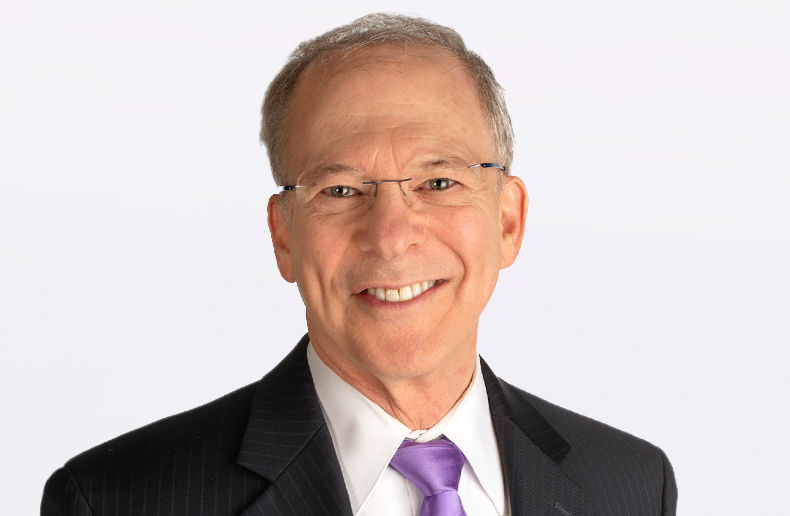The number of products available for sale is dropping.
How do I adapt my business to account for these changes?
There is a BIG lesson to be learned here. It’s more than just about product too. Advisors must be much more discerning in their business and confident enough in their model not to fall for the latest “fad” in the marketplace. You must be able to assess a new product’s value in terms of what your audience needs, and not what your supplier wants to sell.
They have their job. You have yours.
That’s why I promote “expert” advisors. The “best of the best” and the “smartest of the smart” have always been slow to change models from what works. They don’t have to re-discover great products like annuities and whole life insurance because they never left them. They know their natural audience and they meet their needs not the sales need of suppliers.
Another winning strategy is to be careful to not abandon your current offering in favour of an unproven one just on the say-so of a product supplier. Think. Is this the right product for my clients and prospects? Do they need this new product or approach or are we inventing a need?
I suspect that many advisors just “dumped and jumped”. They dumped their existing business and jumped on the latest hot product bandwagon. Sure some clients benefit from this and so can advisors, but at what cost? I know we have believed companies think everything through completely before they make offers, but I’m quite sure we now know that isn’t necessarily true.
Adopting unexamined practice management ideas can also hurt. I hear more and more about advisors who abandoned the life insurance business and are now desperately struggling to find their way back in. They fell for the idea that money was where the money was and “dumped and jumped”. Now they are lost.
How about the insurance advisors who sold their clientele to reduce their client count to a “manageable” number... say from going from 1,000 to 150? How has that worked out for them? Not so well.
Last week I heard from a high performance insurance advisor who still can’t believe he pretty much gave away most of his clients and along with it, tons of referrals and new business. He went with the flow without enough thought to his deep chagrin.
Now he wants to get them back. It turns out, insurance advisors like him and even some investment types can actually handle or create a system to handle many more clients. The advice he believed was not universal.
So, while you can’t un-live your life or put the ketchup back in the bottle (at least not neatly), you can make sure that you don’t have to face this issue in the future. If the business problems you face in today’s market clarifies your thinking and you take the right preventive action today, all the trouble will have been worth it. If not, you will be wondering what to do the next time we experience more change. And, don’t worry. We will.
How can I build, strengthen and maintain better relationships with my clients?
Bad sales results, no referrals, low conversion rate of prospects to clients and a bad closing ratio are all a result of not building good trust relationships. Not maintaining trust relationships adds the extra problem of poor sales persistency.
Building trust is critical to sales success. With today’s competition, regulation and media scrutiny, either you have a strong relationship with your clients or you have no clients. No clients means no business.
There are three “Es” to building, strengthening and maintaining good client relationships and improving your results.
“Expertise” is the first step to attracting trust. Consumers want to know that you have something important to offer before they are willing to place their trust in you.
This is a twist on the maxim – “People want to know how much you care before they care how much you know.” Today, they want to “know how much you know before they will let you even show them how much you care”. Your service has to be trustworthy.
Help rearrange their portfolios so they get the best value and results for their money.
Be an authority for them. This status will make you an “industry celebrity” to them. That prestige will precede you and give you a strong start on your new relationship or maintaining existing ones.
Take a new approach to providing complete services. There is just no way to provide one stop shopping on your own. To try is to court mediocrity forever. No major firm does it – they all have different departments and different people to cover the needs and you are no different. Mimic their system to maximize your results.
You need a team of professionals working with you to provide best in class advice to your clients. Average teams can provide better service together than brilliant advisors can on their own.
Next, “Engage” your clients to grow the trust relationship. Engagement is connecting personally with a client and sharing the same goals for their financial future.
Transparency equals trust in today’s business. Social media guarantees there are no more secrets anymore. Written engagement is necessary. Tell them what working with you means and you will be more trustworthy. This is just as important to the relationship as any disclosure required by regulation.
Lead in transparency for maximum trust. The return in trust far outweighs any challenges it poses.
Ongoing “Effort” keeps the trust strong and growing. Keep at it continuously.
Be eager for business. People want to deal with an eager sales professional – someone who really wants their business and is prepared to work to get and keep it.
Eagerness can mean all sorts of things from using conversational language to communicating regularly and providing all sorts of value added. Remember, valued added only comes from doing the unexpected. That takes effort.
Put extra effort into all aspects of your business. Make sure that you are the best example of an advisor to your prospects.
Credibility and loyalty is your return for building trust. It pays off far out of proportion to the effort required.





